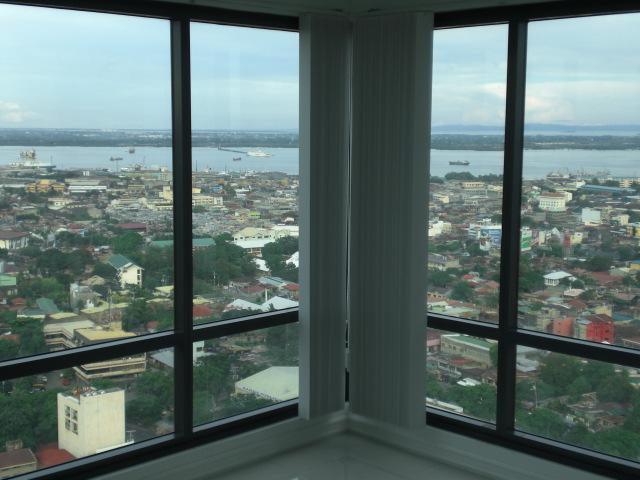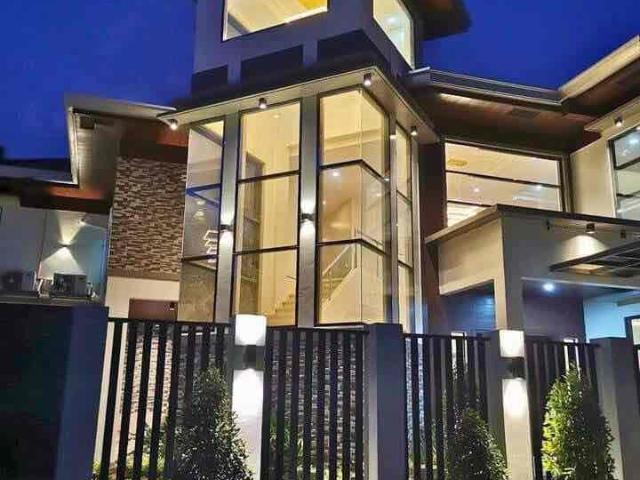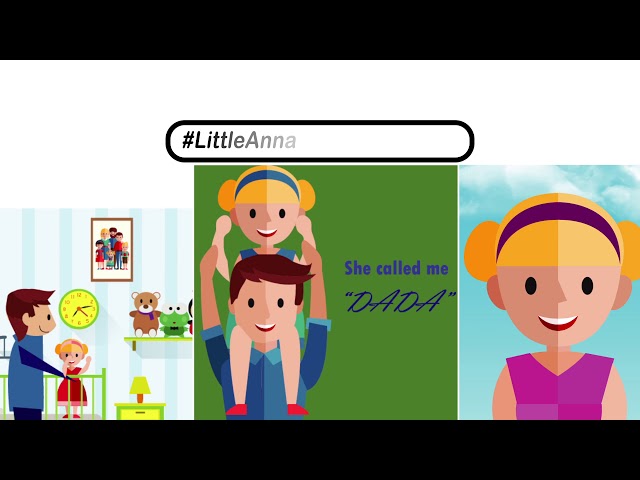In today’s rapidly urbanizing world, the value of green spaces—parks, gardens, and natural landscapes—has become increasingly evident. These areas are not only essential for environmental sustainability and community well-being but also have a significant impact on property values. The relationship between green spaces and real estate is multifaceted, reflecting broader trends in urban development, social dynamics, and environmental consciousness.
1. The Value of Green Spaces: An Overview
Green spaces serve multiple functions in urban areas, offering aesthetic beauty, recreational opportunities, and ecological benefits. They play a crucial role in improving air quality, managing urban heat, and supporting biodiversity. From a real estate perspective, these benefits translate into tangible economic value. Research consistently shows that properties located near well-maintained green spaces generally have higher values compared to those situated further away.
2. The Economic Benefits of Proximity to Green Spaces
One of the most direct ways green spaces impact property values is through proximity. Properties close to parks or nature reserves are often seen as more desirable due to the added recreational and aesthetic benefits. Studies have demonstrated that homes within a certain radius of a park or green space can command a premium of 5% to 20% over similar properties located further away.
For example, a 2018 study published in the Journal of Urban Economics found that homes within a quarter-mile of a park in New York City had property values that were 10% higher than comparable homes situated further from green spaces. Similarly, in Portland, Oregon, research revealed that homes located near greenways and parks saw value increases of up to 15% compared to those located further away.
3. The Psychological and Social Impact
Green spaces also contribute to the psychological and social well-being of residents, which in turn affects property values. Access to green areas can reduce stress, improve mental health, and enhance overall quality of life. These benefits are increasingly valued by homebuyers, particularly those with young families or those who prioritize health and wellness.
Moreover, green spaces foster social interaction and community engagement. Parks and recreational areas provide venues for social activities, community events, and informal gatherings. This social cohesion is attractive to potential buyers and can enhance neighborhood desirability, contributing to higher property values.
4. The Role of Green Space Quality
Not all green spaces are created equal. The quality and maintenance of these areas significantly influence their impact on property values. Well-maintained parks with amenities such as walking trails, playgrounds, and water features tend to have a more pronounced effect on property values compared to neglected or poorly maintained areas.
The concept of “green space quality” encompasses several factors:
- Design and Amenities: Parks with diverse recreational facilities, well-designed landscapes, and attractive features enhance their appeal.
- Safety and Accessibility: Green spaces that are safe, clean, and easily accessible are more valuable to residents.
- Environmental Health: Green spaces that contribute to better air quality and ecological health are increasingly recognized for their value.
5. The Influence of Urban Planning Policies
Urban planning policies play a crucial role in determining the availability and quality of green spaces. Cities with proactive policies that prioritize the integration of green spaces into urban design tend to see more significant impacts on property values. Examples include policies that mandate a certain percentage of land use for parks, incentives for green infrastructure development, and community-driven green space initiatives.
In cities like Copenhagen and Singapore, strategic urban planning has successfully integrated green spaces into the urban fabric, resulting in enhanced property values and improved quality of life. These cities serve as models for how thoughtful urban planning can leverage green spaces to drive economic and social benefits.
6. Case Studies and Real-World Examples
Several case studies highlight the positive impact of green spaces on property values. In Toronto, the development of the High Line, a linear park built on a former railway track, has significantly increased property values in the surrounding neighborhoods. The success of the High Line demonstrates how innovative green space development can revitalize urban areas and boost property values.
Another example is the transformation of the Cheonggyecheon Stream in Seoul, South Korea. Once a neglected highway, the restoration of the stream into a vibrant public space led to a substantial increase in property values in the adjacent areas. The project not only improved environmental conditions but also stimulated economic growth and increased real estate values. If you want to know more about Emerald Of Katong Developer, be sure to visit their page for further info.

7. Challenges and Considerations
Despite the clear benefits, there are challenges associated with integrating green spaces into urban areas. Issues such as funding, maintenance, and gentrification need to be addressed to ensure that green spaces provide equitable benefits to all residents.
- Funding and Maintenance: Developing and maintaining high-quality green spaces require significant investment. Cities must balance budget constraints with the need for ongoing upkeep.
- Gentrification: The development of green spaces can sometimes lead to gentrification, where increased property values push out long-term, lower-income residents. It is essential to implement policies that mitigate these effects and ensure inclusive access to green spaces.
8. Future Trends
Looking ahead, the role of green spaces in real estate is expected to continue evolving. As climate change and urbanization pressures increase, the demand for green spaces will likely grow. Innovative approaches, such as green roofs, vertical gardens, and integrated urban agriculture, will become more prevalent.
Furthermore, the growing awareness of environmental issues and sustainability will influence property buyers’ preferences. Green spaces will increasingly be seen as essential components of desirable living environments, and their impact on property values will likely remain strong.
Conclusion
The impact of green spaces on property values is a testament to the profound connection between our built environment and natural surroundings. As urban areas continue to expand, integrating and maintaining green spaces will be crucial for enhancing property values, improving quality of life, and fostering sustainable communities. By understanding and leveraging the benefits of green spaces, urban planners, property developers, and residents can create more vibrant, livable, and economically prosperous environments.








